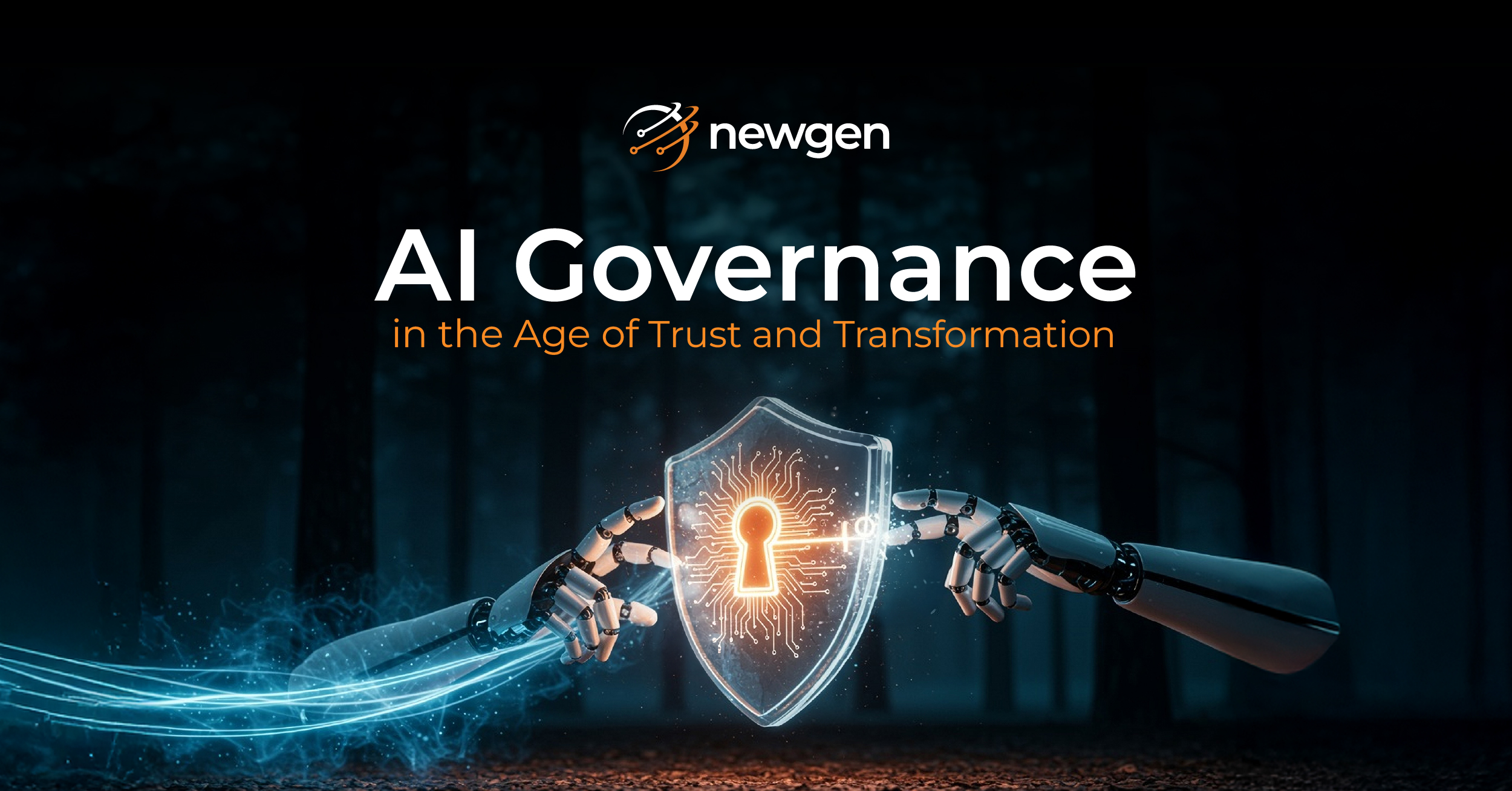What is Robotic Process Automation Software?
Robotic process automation software is a new-age technology that utilizes a set of automation tools to build and deploy software bots that can easily match/emulate repetitive and mundane human tasks.
Your customers demand a digital experience. With their evolving expectations, reluctance to paper-based transactions, and the rapid move to the remote working environment, it becomes a must for organizations to expedite their digital initiatives and utilize robotic process automation.
This must be done in a way that is efficient, error-free, scalable, and repeatable. And, this is where robotic process automation (RPA) software comes to the fore. An RPA software offers opportunities for organizations, like yours, to tame the traditionally error-prone and inefficient manual activities, especially with the promise of speedy outcomes. If implemented right, RPA can be the game-changer for your organization
However, unlike humans, these bots can work round the clock tirelessly and accurately, thereby enabling your enterprise to optimize your paper and data-intensive processes while maintaining quality and enhancing efficiency.

Benefits of a Robotic Process Automation Software
Enterprises can leverage an RPA software for:
- Improving process efficiencies
- Providing faster turnaround time
- Automating back-office activities
- Auto-generating responses to customer queries
- Reducing dependency on individual employees
- Scaling operations based on varying supply chain demands
- And more
Understanding Various Use Cases of Process Automation Software
There are specific general characteristics of scenarios—processes, places, and functions, wherein an RPA can be leveraged to create the promised business value. An excellent fit is often any customer-facing (or business value-driven) end-to-end process that spans multiple systems and applications with scale.
To gain detailed insights, let’s take a look at three industry use-cases of RPA implementation
1. Banking
Financial institutions can utilize bots to automate their loan qualification and validation processes, which will eventually result in faster and more efficient loan disbursal. Furthermore, this also aids in streamlining the inbound loan processing and underwriting approvals.
2. Insurance
The underwriting process can be simplified through robotic process automation platform. Leveraging RPA, data can be automatically captured from applications and keyed in into the core insurance systems. Bots are capable of examining data from incoming applications, detecting areas triggering risks, or transmitting for straight-through processing. It can also aid with rule-based automated case classification, speeding up policy processing and servicing.
3. Shared Services
Invoice processing activities benefit significantly from robotic process automation solution. Leveraging an RPA software, shared services can automatically check, classify, validate, and segregate all incoming invoices before routing them to either approval for non-PO invoices, discrepancy resolution, or registering invoices. Subsequently, the data can be automatically loaded into ERP systems.

The aforementioned use cases showcase just a glimpse of how RPA enables a secure, touchless environment for accelerating your business outcomes. And, now that we have already established the significance of robotic process automation solution and its transformative potential for an organization, the question arises:
How do you select an ideal one for your organization? What are the key considerations that will help you choose the best-fit?
Selecting the Right RPA Software
Listed below are the four key considerations that will assist you in selecting the best-fit RPA software for your organziation:
1. Process Requirements
You must align your technological requirements with your organization’s business goals. For doing that, you can start by assessing the health of your processes, exploring the functions you want to automate, identifying the specific objectives and success criteria, and documenting the findings. This will give you a better understanding of how your processes may function once entirely automated.
Some objectives to be considered:
- Reduced FTEs
- Improved task level productivity
- Improved end-to-end process cycle time
- Increased scalability for enterprise-grade automation
2. IT Architecture Requirements
You must look for a technology partner that offers a gamut of choices. The robotic process automation platform you choose must be adaptable enough to integrate with a variety of platforms and technologies seamlessly.
You must consider:
- Flexibility and configurability of the IT architecture/platform
- Suitability of the solution for your current IT landscape
3. Functionalities
Apart from those mentioned above, you must also examine the solution’s functional capabilities before selecting the RPA software.
Some of them include:
- End-to-end process orchestration for bots and human tasks
- Low code, artificial intelligence, and machine learning capabilities
- Vendor-agnostic platform supporting multi-vendor RPA bots
- Auditing, logging, and reporting features and functionalities offered
- Business exceptions management handling and human intervention
4. Vendor Selection
The right vendor understands your organization’s needs and objectives. A digital transformation partner, who have had experience of similar implementations, will be better positioned to understand your requirements and assist you on your digital transformation journey.
You must consider:
- Vendor’s experience in process automation
- Vendor’s approach towards RPA automation
- Size of the vendor’s workforce
- Training and support team—whether in-house or externally sourced
Mentioned above are some applicable principles that should guide you in choosing the ideal technology partner.
Taking RPA to the Next Level
RPA has enormous potential and is the clear choice for organizations to stay current and gear up for the digital-only world. Nevertheless, organizations must consider RPA as a “part of the solution” rather than a goal in itself.
To maximize value from RPA, you must leverage it in conjunction with a strong process automation (BPM) platform that supports both organized and unstructured processes as well as additional leverage areas, including mobility, social integration, content management, image processing, and document processing.
You might be interested in





